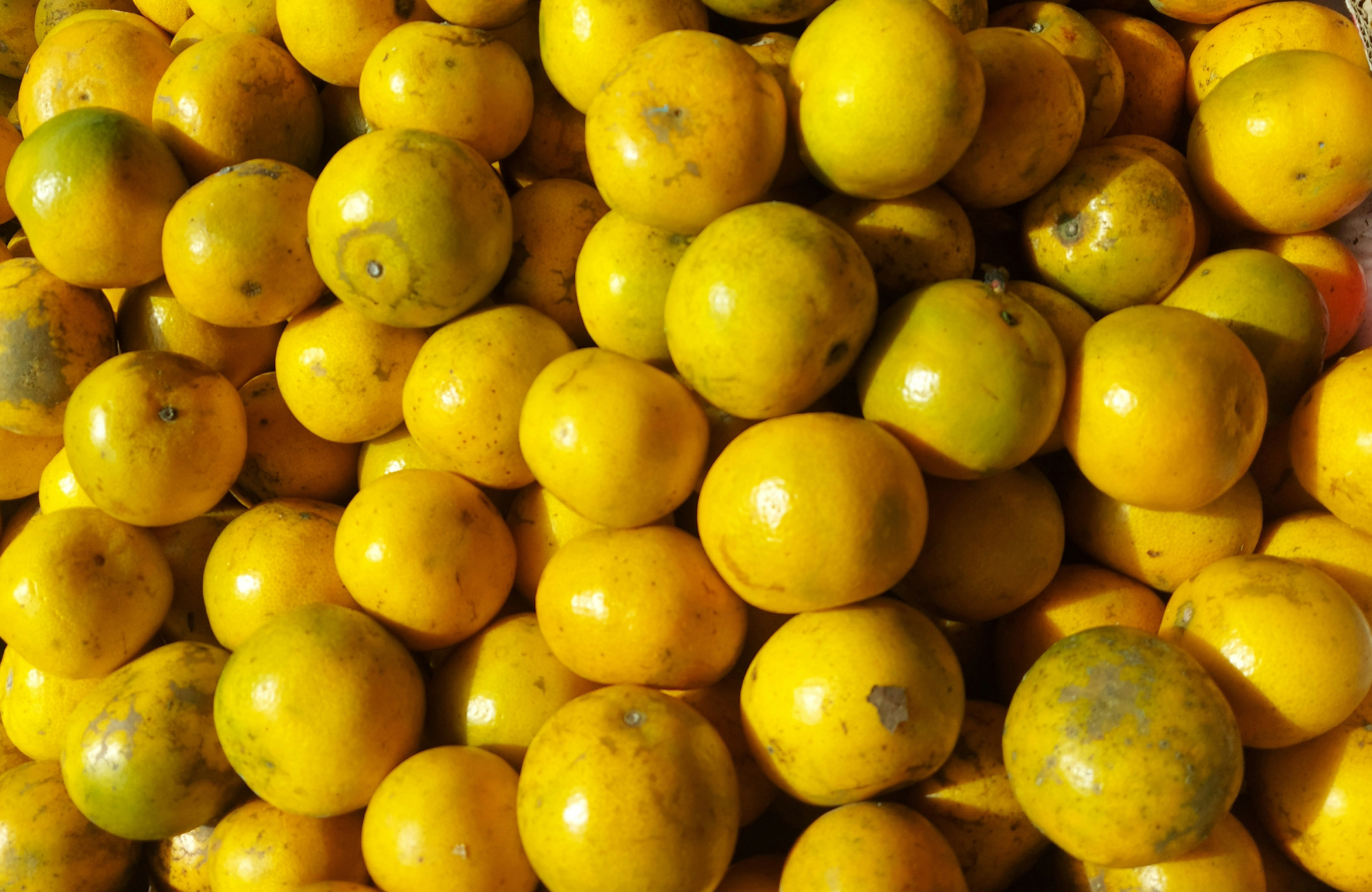Overview
Vitamin B5, better known as pantothenic acid, is a water-soluble vitamin. We get it through food, but it can also be formed from the provitamin dexpanthenol. The vitamin is involved in the building up and breaking down metabolic processes in our body.
The vitamin is needed to form coenzyme A (CoA). This coenzyme is therefore involved in numerous metabolic processes. These include the synthesis and breakdown of fatty acids, synthesis of cholesterol, bile acids and the breakdown of carbohydrates, amino acids and alcohol. Coenzyme A also influences gene expression and cell division and is involved in the breakdown of foreign substances. It is also required for the synthesis of important neurotransmitters such as acetylcholine.
The precursor of the vitamin, dexpanthenol, has anti-inflammatory properties and positive effects on wound healing. Studies have observed mild to moderate healing of dermatitis (chronic skin inflammation) when applied as a cream. It leads to improved barrier function as well as improved skin structure and hydration. In addition, preventive effects regarding skin irritations and skin regeneration were found. It also has positive effects on wound healing.
In studies, the precursor dexpanthenol and pantothenic acid stimulated hair growth by stimulating the cells of the hair follicles to grow and ensuring longer survival of the cells.
Pantothenic acid – the most important tasks in brief
The following vitamin B16-related health claims have been evaluated and approved by the European Food Safety Authority (EFSA) through scientific studies:
- Pantothenic acid contributes to normal energy metabolism.
- Pantothenic acid contributes to normal synthesis and metabolism of steroid hormones, vitamin D and some neurotransmitters.
- Pantothenic acid helps reduce tiredness and fatigue.
- Pantothenic acid contributes to normal mental performance.
Your daily need for pantothenic acid
The German Nutrition Society recommends an intake of 5 mg per day for adolescents and adults. Breastfeeding women have an increased requirement of 7 mg.
Pantothenic acid is found in animal foods such as offal, chicken eggs, fish, muscle meat and soft cheese. Good plant sources of pantothenic acid are mushrooms, peanuts, tree nuts and wholemeal flour.
Since the vitamin is found in almost all foods, no nutritional deficiency has been observed so far. Even with a diet low in pantothenic acid, there are usually no deficiency symptoms. A deficiency can occur in cases of extreme undersupply and a gene mutation of pantothenate kinase 2 (PANK2).
Too much pantothenic acid intake is not harmful. Mild gastrointestinal disorders such as diarrhea were only observed after extreme amounts of 10 g per day.
How a pantothenic acid deficiency can manifest itself
In the case of a deficiency that is due to an extreme undersupply, there is also a deficiency of many other vitamins, so it is not entirely possible to assign specific symptoms to a pantothenic acid deficiency. However, symptoms described include: fatigue, malaise, headaches, personality changes, numbness, muscle cramps and disturbances and nausea.
With a PANK2 mutation, the coenzyme A concentrations are low and this is accompanied by the following symptoms: movement disorders, impaired speech motor skills, balance disorders, spasticity and muscle stiffness.
Which AgilNature products contain pantothenic acid?
|
Product |
Crowd |
NRV* |
|
DermAgil Beauty |
9 mg per daily ration (1 capsule each) |
150% |
*Nutrient Reference Value = Percentage of the reference value according to Appendix XIII of the Food Information Regulation (EC) No. 1169/2011.
Literature:
- Pantothenic acid. DGE. https://www.dge.de/forschung/referenzwerte/pantothensaeure/ (accessed on December 17, 2023)
- Sanvictores T, Chauhan S. Vitamin B5 (Pantothenic Acid). 2023 Jun 19. In: StatPearls [Internet]. Treasure Island (FL): StatPearls Publishing; 2023 Jan–.
- Shin JY, Kim J, Choi YH, Kang NG, Lee S. Dexpanthenol Promotes Cell Growth by Preventing Cell Senescence and Apoptosis in Cultured Human Hair Follicle Cells. Curr Issues Mol Biol. 2021 Sep 28;43(3):1361-1373.
- Wang Z, Nan W, Si H, Wang S, Zhang H, Li G. Pantothenic acid promotes dermal papilla cell proliferation in hair follicles of American minks via inhibitor of DNA Binding 3/Notch signaling pathway. Life Sci. 2020 Jul 1;252:117667.





